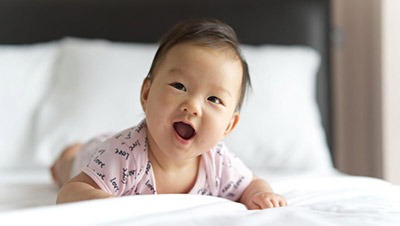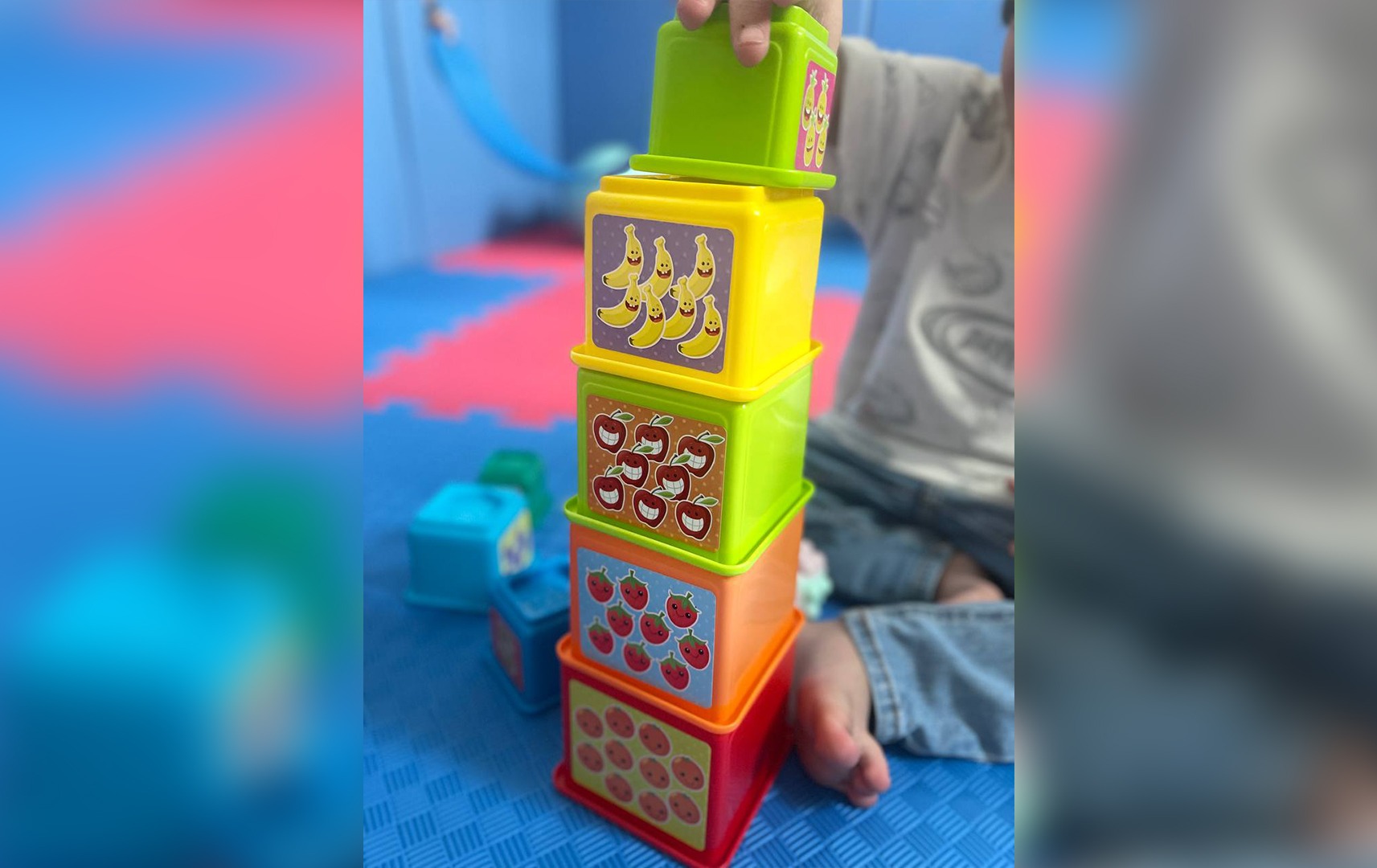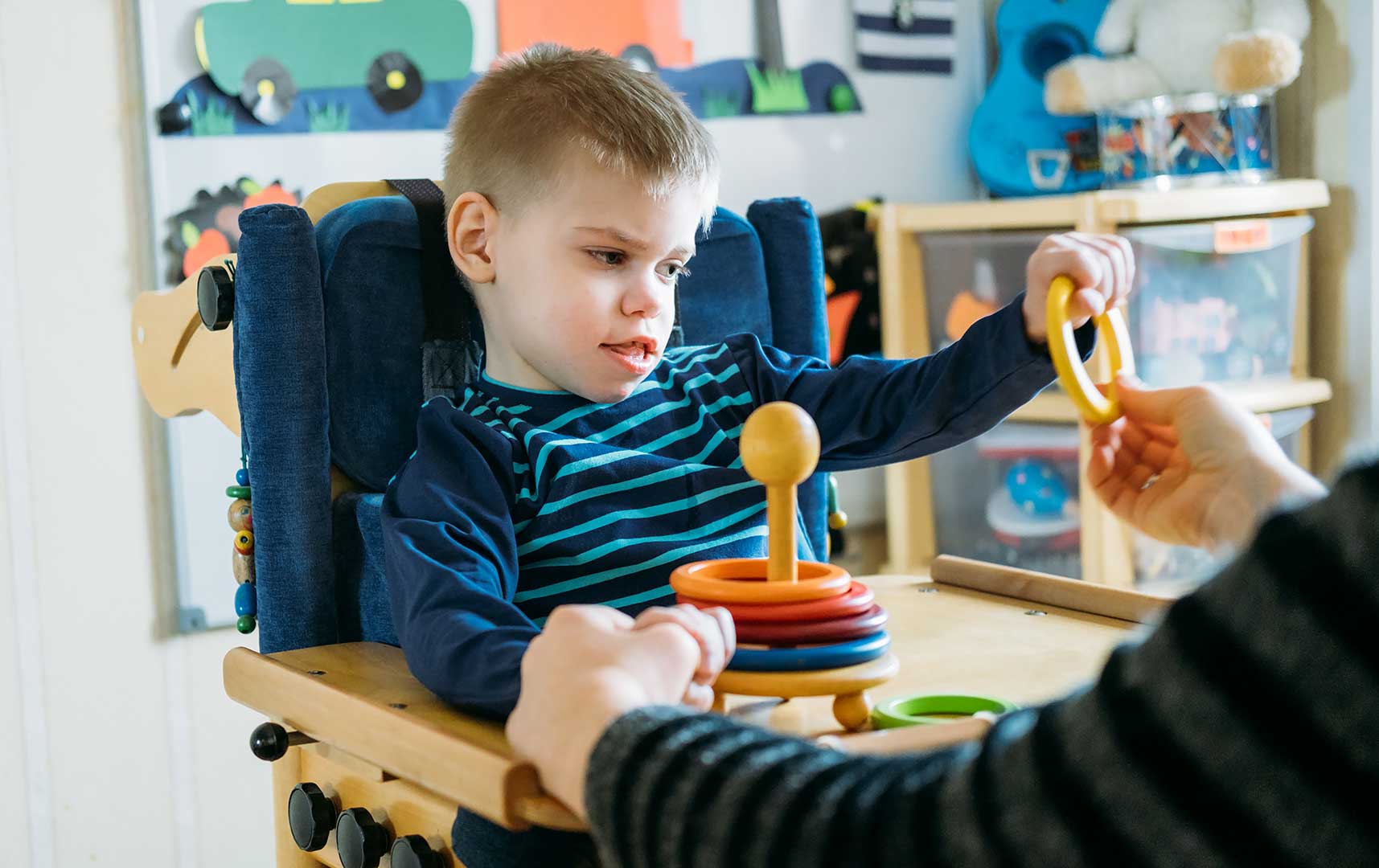The first two months of a baby’s life are a time of rapid growth and development. During this time, babies are learning about the world around them and developing new skills every day.
It is important to remember that all babies develop at their own pace. There is no need to compare your baby to other babies. However, it is helpful to be aware of the general milestones that babies reach during the first two months. This will help you to track your baby’s development and identify any areas where they may need extra support.
Physical Development
At birth, babies have very limited control over their bodies. However, by the end of the first two months, babies will have made significant progress in their physical development.
Here are some of the physical milestones that babies reach during the first two months:
- Head control: Newborns are unable to hold their heads up on their own. However, by the end of the first two months, most babies will be able to hold their heads up for brief periods of time when lying on their stomachs. They may also be able to turn their heads from side to side.
- Eye-hand coordination: Newborns have very poor eye-hand coordination. However, by the end of the first two months, babies will be able to follow objects with their eyes and may even be able to reach for and grasp objects.
- Rolling over: Most babies will not be able to roll over until they are around 3 months old. However, some babies may start to roll over at the end of the first two months.
Cognitive Development
Cognitive development refers to the development of a baby’s thinking skills. During the first two months, babies are learning about the world around them through their senses. They are also starting to develop their memory and problem-solving skills.
Here are some of the cognitive milestones that babies reach during the first two months:
- Visual tracking: Newborns can only see objects that are very close to their faces. However, by the end of the first two months, babies will be able to track moving objects with their eyes.
- Smiling: Newborns smile reflexively, but they do not start to smile socially until around 6 weeks old. By the end of the first two months, babies will be able to smile at people and objects that they recognize.
- Cooing and gurgling: Newborns make a variety of noises, but they do not start to coo and gurgle until around 4 weeks old. By the end of the first two months, babies will be able to coo and gurgle in response to people and objects.
Social-Emotional Development
Social-emotional development refers to the development of a baby’s ability to interact with others and express their emotions. During the first two months, babies are forming strong attachments to their caregivers and are starting to learn how to communicate their needs.
Here are some of the social-emotional milestones that babies reach during the first two months:
- Calming down: Newborns can be easily overwhelmed and upset. However, by the end of the first two months, babies will be able to calm down more easily when they are picked up, spoken to, or rocked.
- Social smiling: Newborns smile reflexively, but they do not start to smile socially until around 6 weeks old. By the end of the first two months, babies will be able to smile at people and objects that they recognize.
- Making eye contact: Newborns make eye contact, but they do not do it consistently. By the end of the first two months, babies will be able to make eye contact for longer periods of time.
Tips for Parents
There are many things that parents can do to support their baby’s development during the first two months. Here are a few tips:
- Talk and sing to your baby: Babies love to hear their parents’ voices. Talking and singing to your baby will help them to develop their language skills and bond with you.
- Play with your baby: Babies learn through play. Playing with your baby will help them to develop their physical, cognitive, and social skills.
- Read to your baby: Reading to your baby is a great way to introduce them to language and books. It is also a great way to bond with your baby.
- Respond to your baby’s needs: When your baby cries, try to figure out what they need. Are they hungry, tired, or wet? Responding to your baby’s needs will help them to feel safe and loved.





Leave A Comment